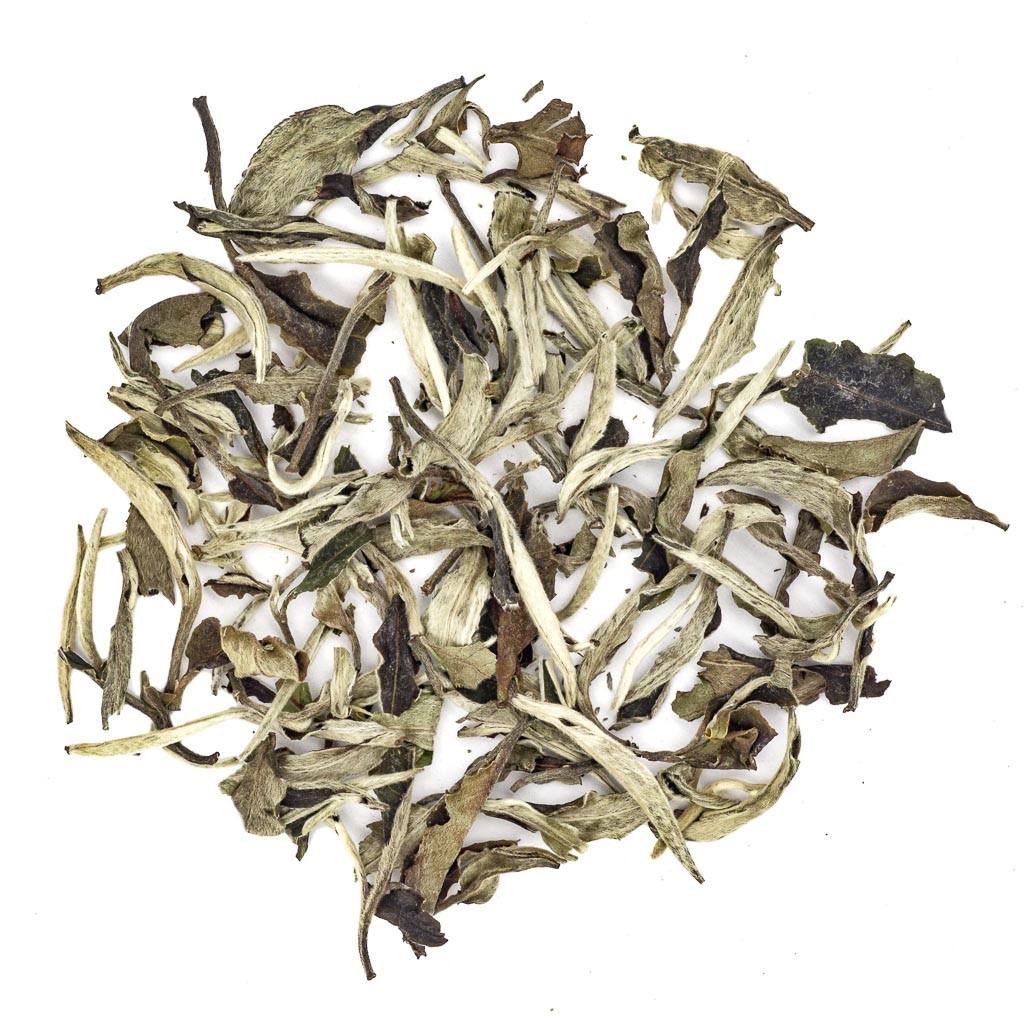TEA COMMUNITY
Moonlight White
yuè guāng bái
月光白
Type
White

Country
China
Harvesting season
Spring, Summer
Main region
Yunnan
The tea was given such a poetic name in honor of the beautiful Thai princess Yue Guang, who sacrificed her title and luxurious life in the palace for the love of a young man from a family with whom the girl's parents were in hostile relations. Naturally, the noble act of this beauty reconciled the two families and inspired the tea masters to create a delicate and fragrant drink. According to another, less romantic version, in the old days the entire process of tea production was conducted only at night, in the moonlight.
The peculiarity of this tea lies in the visual heterogeneity of its raw materials. It contains leaves and buds which are very different from each other in color: the buds are silvery, and leaves are dark. The raw materials have a different color because of the different degree of fermentation – another feature of this tea variety. The leaves are fermented unequally due to the fact that the leaves are laid on top of the tea buds, and then both are heated with hot steam. Since the steam does not reach the buds and some leaves, they are less fermented - because of this, the taste of the tea turns out to be very multi-faceted, close to the taste of oolongs. In China, Yue Gung Bai is called "sweet-sweet tea".
ABOUT TEA
ADDITIONAL INFORMATION
Main region of planting
– Yunnan
Advices for the best brewing
Time 180"
Amount 2g
Water 500 ml
Temperature 70 ̊
Steeps 1
Amount 2g
Water 500 ml
Temperature 70 ̊
Steeps 1
International brewing method
Time 30"60"120"180"
Amount 4-8g
Water 150-300 ml
Temperature 95 ̊
Steeps 10-12
Amount 4-8g
Water 150-300 ml
Temperature 95 ̊
Steeps 10-12
Chinese brewing method
This tea is best brewed in a glass or porcelain bowl, which should be heated beforehand with hot water. Gradually increase both the time of each subsequent brewing and the temperature of the water.
Recommendations
Rich in antioxidants and amino acids;
Detoxifies;
Slows down the aging process
Detoxifies;
Slows down the aging process
Health benefits


Honey with notes of dried fruits and autumn flowers
Flavor
Day
The best time to drink














